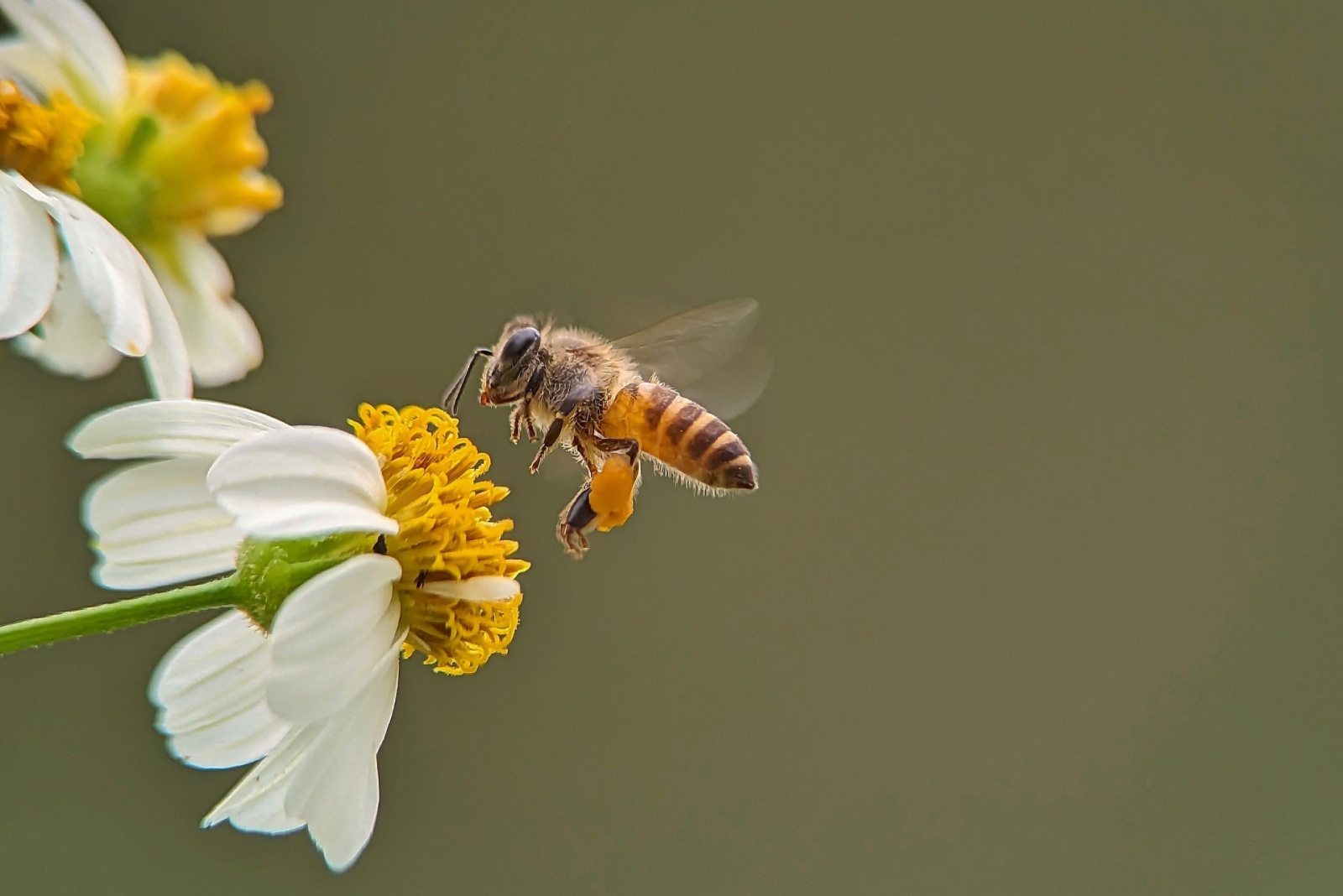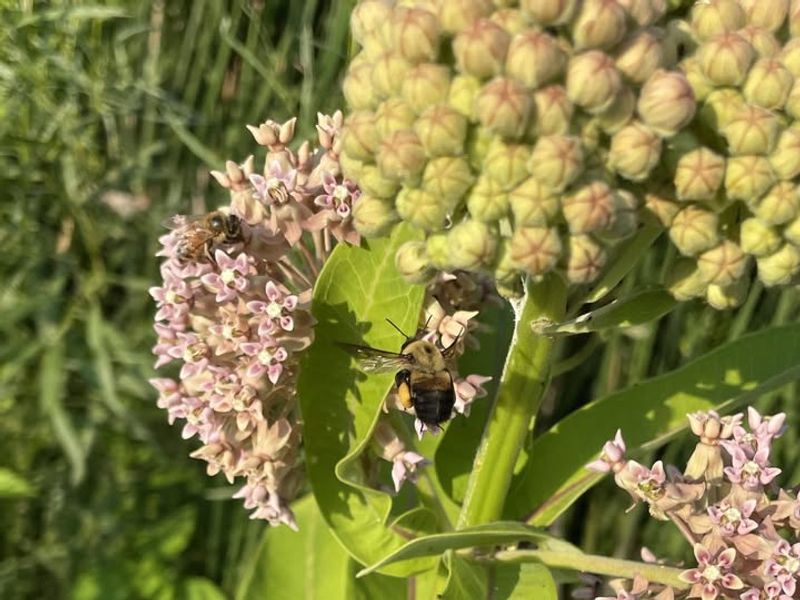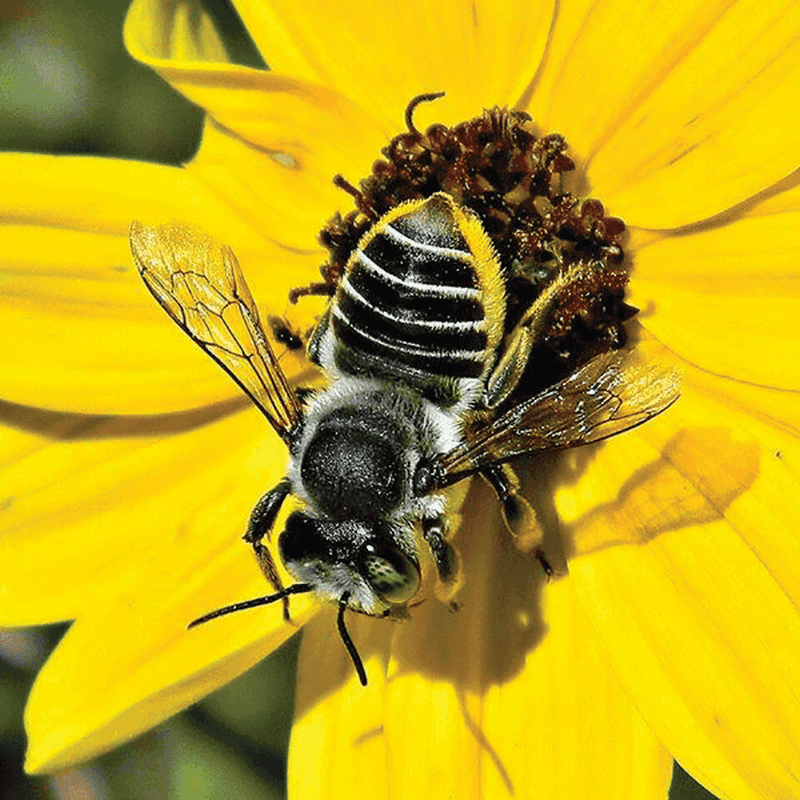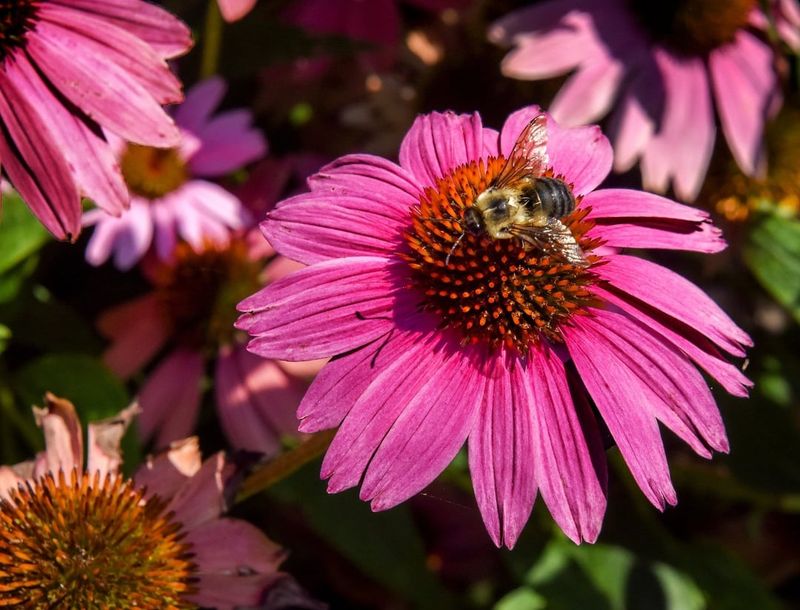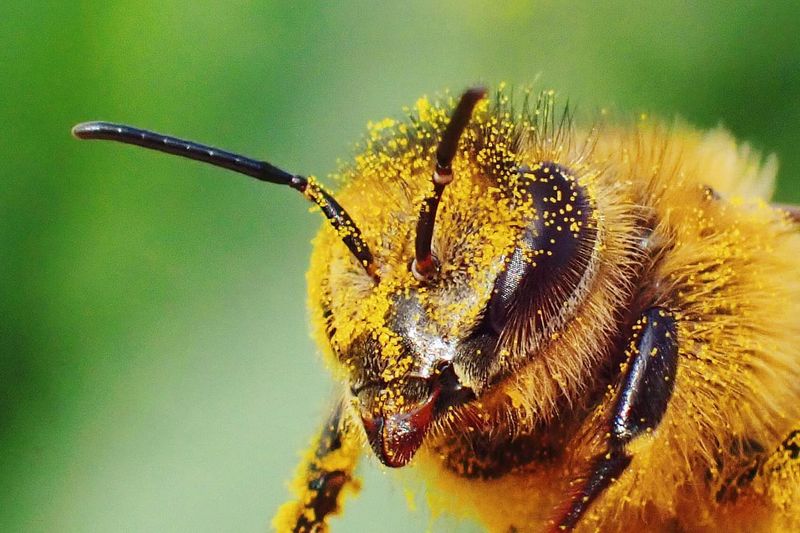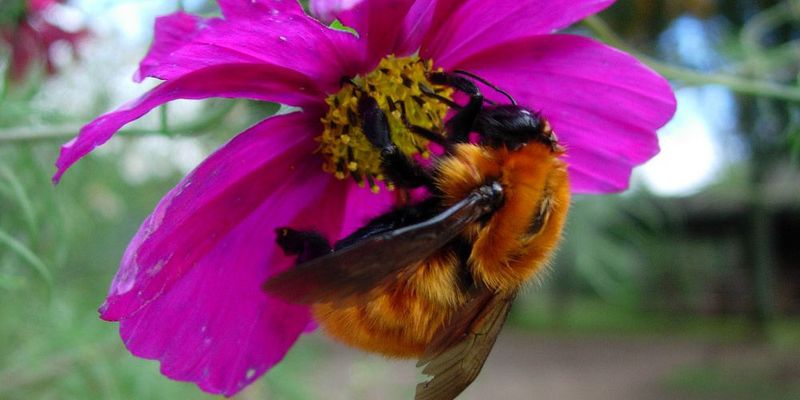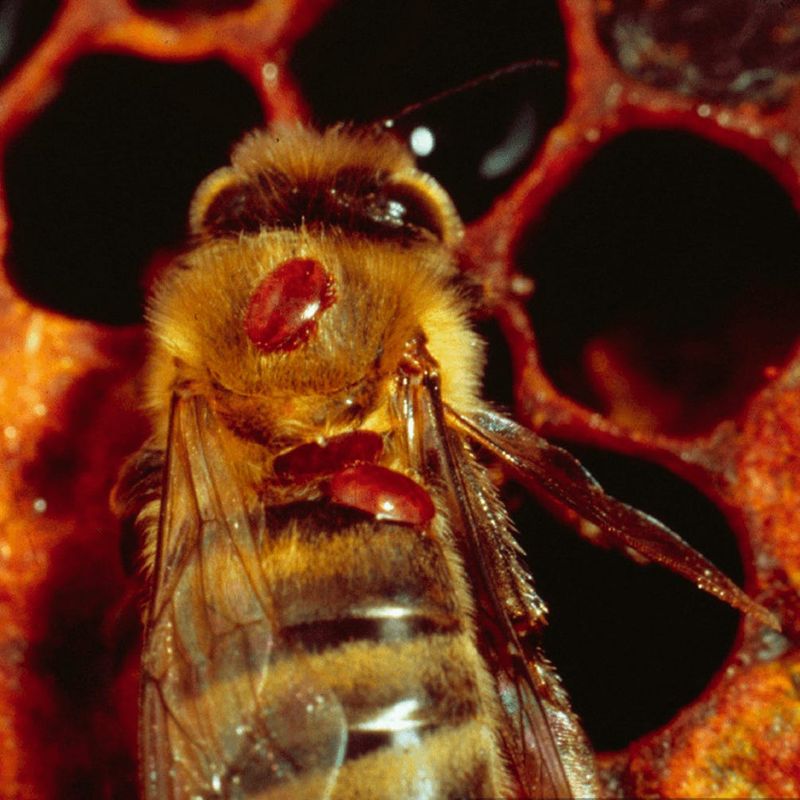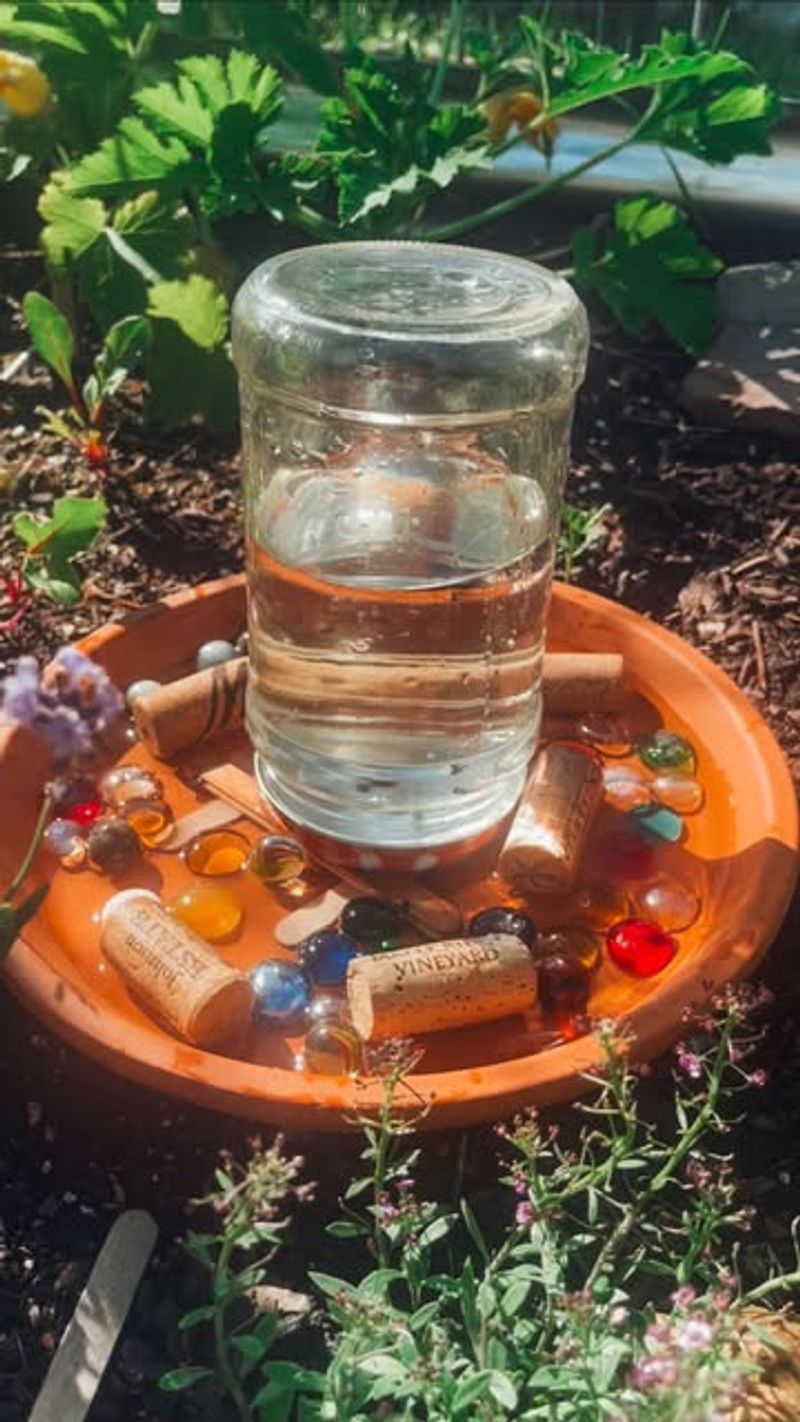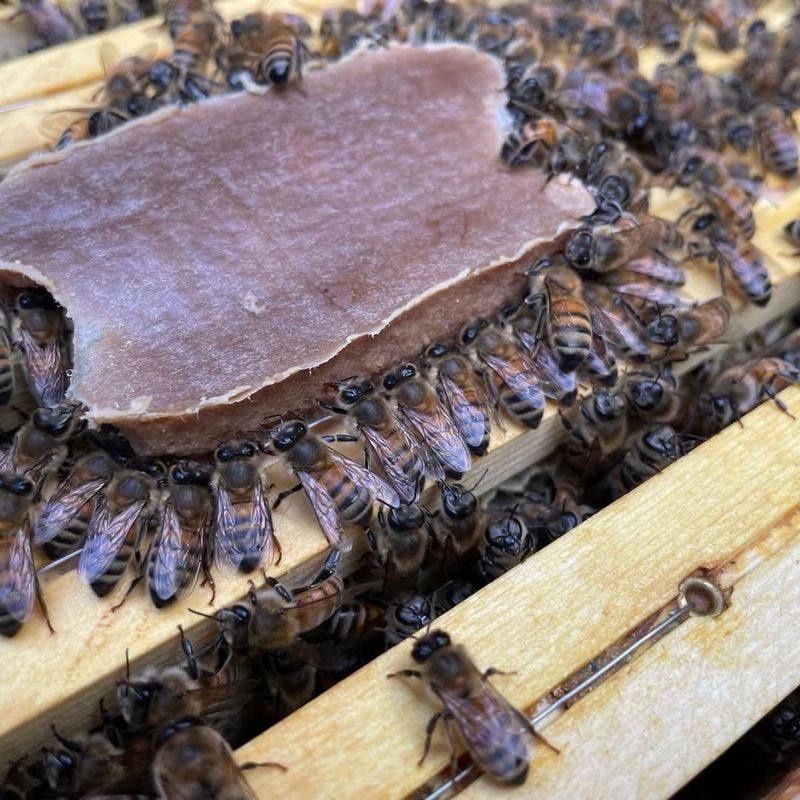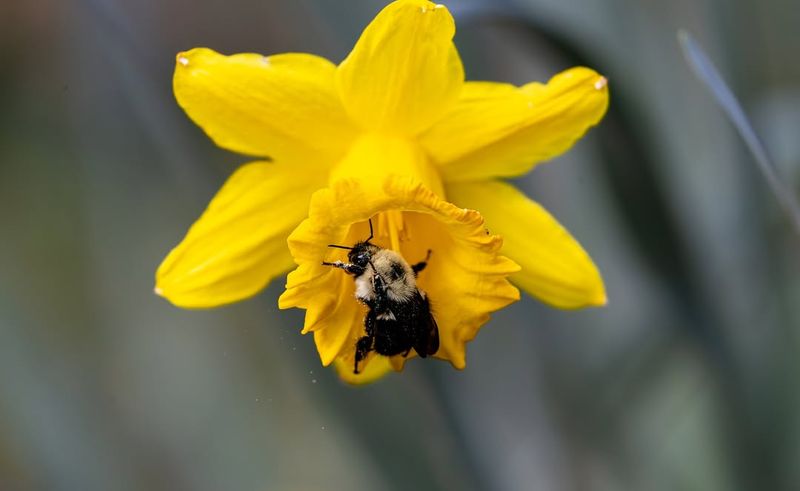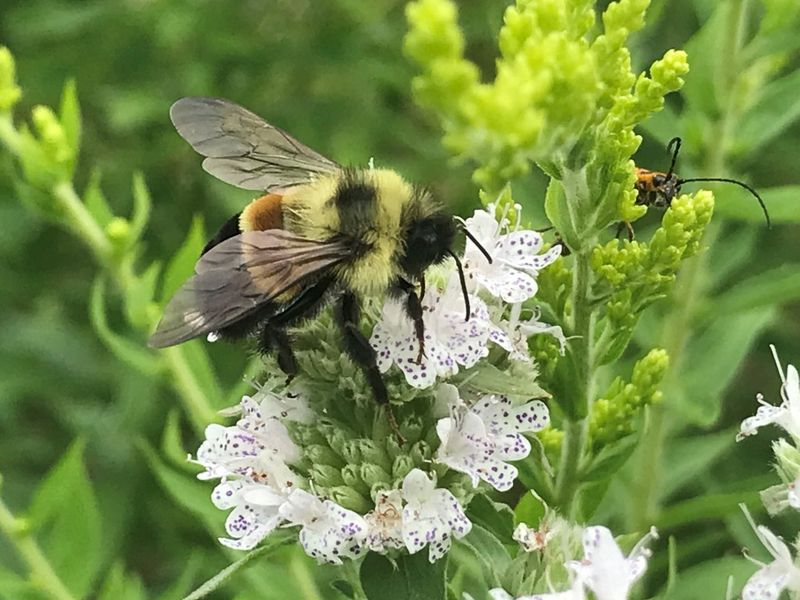Colorado gardens used to buzz with life every spring and summer. Now, many gardeners notice fewer bees visiting their flowers, and that’s a big problem for plants that need pollination.
Understanding why bees are disappearing helps us protect these important insects and keep our gardens healthy.
1. Pesticide Use In Home Gardens
Chemical sprays meant to kill garden pests often harm bees too. When Colorado gardeners apply pesticides to flowers, vegetables, or lawns, bees absorb these toxins while collecting pollen and nectar.
Even products labeled as safe can contain ingredients that weaken bee immune systems or mess with their navigation abilities. Consider switching to organic pest control methods like companion planting or hand-picking insects.
Your garden can thrive without chemicals that put pollinators at risk.
2. Loss Of Native Wildflowers
Across Colorado, native wildflowers that once covered meadows and hillsides are disappearing as neighborhoods expand. Bees evolved alongside these local plants and depend on them for proper nutrition.
When we replace prairies with grass lawns and non-native ornamentals, bees lose their natural food sources. Planting native species like Rocky Mountain penstemon or blanket flower brings back the blooms bees recognize and need.
Your yard becomes a feeding station that supports local bee populations.
3. Climate Change And Unpredictable Weather
Temperature swings and unusual weather patterns confuse both plants and pollinators. In Colorado, late spring freezes can kill early blooms just when bees emerge from hibernation, leaving them without food.
Droughts stress plants so they produce less nectar, while sudden storms destroy bee habitats. Bees rely on predictable seasonal cues to time their life cycles with flower blooming.
When weather becomes erratic, this delicate timing falls apart, threatening bee survival across the state.
4. Habitat Loss From Urban Development
Every new shopping center, housing development, or parking lot eliminates potential bee nesting sites. Bees need undisturbed ground, hollow stems, and dead wood to build their homes and raise young.
As Colorado communities grow, these wild spaces vanish. Ground-nesting bees can’t dig burrows in compacted soil or concrete.
Creating small habitat areas in your garden—like leaving some bare ground patches, keeping old logs, or installing bee hotels—gives displaced bees safe places to live and reproduce successfully.
5. Invasive Plant Species Taking Over
Non-native plants like cheatgrass and Russian olive spread aggressively across Colorado landscapes, crowding out native flowers bees prefer. These invaders often bloom at different times or produce pollen that doesn’t meet bee nutritional needs.
Some invasive species even release chemicals that prevent native plants from growing nearby. When invasives dominate an area, bees face food deserts despite seeing plenty of green growth.
Removing invasive plants and replacing them with natives restores proper bee forage.
6. Disease And Parasites Spreading
Tiny parasites called varroa mites attach to bees and spread viruses that weaken entire colonies. Fungal infections and bacterial diseases also pass between bee species when they visit the same flowers.
In Colorado gardens where stressed bees already struggle with food shortages, these health problems become deadly. Commercial beekeeping operations can accidentally spread pathogens to wild bee populations.
Supporting bee health through diverse plantings and avoiding pesticides helps bees maintain strong immune systems to fight off infections naturally.
7. Lack Of Water Sources
Bees need water for drinking and cooling their hives, but many Colorado gardens don’t provide safe access. Bees can drown in birdbaths or pools without landing spots.
During hot, dry summers common across the state, water becomes as important as food for bee survival. Setting up shallow dishes with pebbles or floating corks gives bees places to land while drinking.
Change the water regularly to prevent mosquito breeding. This simple addition makes your garden much more welcoming to thirsty pollinators.
8. Monoculture Farming Practices Nearby
Large agricultural fields growing single crops create food deserts for bees. When Colorado farmland grows only corn, wheat, or hay, bees find few flowers to visit for weeks or months.
Even worse, these monocultures often receive heavy pesticide applications that drift into surrounding areas. Bees need diverse blooms throughout the growing season, not just one crop flowering briefly.
Home gardeners can help by planting continuous bloom sequences, ensuring something flowers from early spring through fall frost.
9. Light Pollution Disrupting Behavior
Outdoor lights confuse nocturnal bee species and disrupt normal foraging patterns. Colorado’s growing cities create light domes that extend into previously dark rural areas where bees navigate by natural light cues.
Artificial lighting can trick bees into flying at wrong times or prevent them from returning home safely. Some bee species depend on dawn and dusk light levels to time their activities.
Using motion sensors, warm-colored bulbs, and shielded fixtures reduces light pollution in your garden space.
10. Reduced Genetic Diversity In Populations
When bee populations shrink, remaining individuals have fewer mating options. This genetic bottleneck makes entire colonies more vulnerable to diseases, parasites, and environmental stress.
In isolated Colorado mountain valleys, small bee populations can’t easily connect with other groups to maintain healthy genetic mixing. Weak genetics mean less ability to adapt to changing conditions.
Protecting diverse bee habitats and creating wildlife corridors helps different populations interact, strengthening the overall gene pool for future generations of pollinators.

